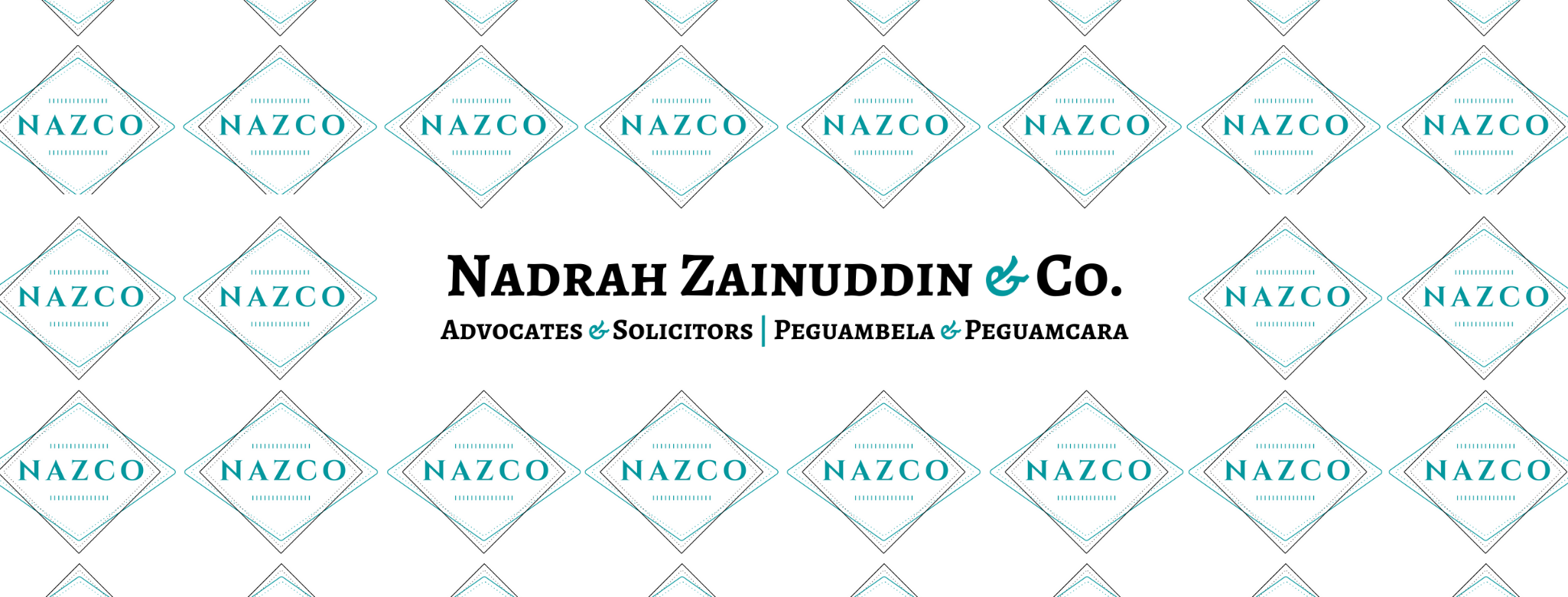Have you ever thought of initiating legal action against
your debtor but unsure of what you will be dealing with throughout the whole
process?
Here’s the flow of debt recovery proceeding starting from the very
first step up to obtaining the Judgment. Receiving the Judgment does not mean you will
get back your money there and then, but it gives you a recognition that your debtor is
definitely owing you and is now ordered to pay.
Step 1:
Identify your debtor, whether it is an individual or a company. Conduct a Bankruptcy search (for individual) or SSM search (for company) to obtain the following information:
- Whether the individual is a bankrupt
- Whether the company is still in existence
- The registered address
- The company financial status
This step is essential as it allows you to reasonably decide whether it is worth to file a claim against your debtor.
Step 2:
Know your limitation period to file a claim against your debtor. Your source of reference shall be the Limitation Act 1953. Contractual claims such as rental recovery and LAD (Liquidated and Ascertained Damages), the time limit to recover the said debt is 6 years from the date on which the debt became due and owing to you; Section 6 (1).
Step 3:
Before a claim can be filed in the Court of Law, a Notice of Demand will usually be issued against your debtor providing opportunity to settle the said debt outside court within the time stipulated.
Failure of your debtor to comply will give rise to the filing of civil suit against your debtor in Court. A Writ of Summon will be issued and served on your debtor and that the latter shall have to respond within 14 days from the date of receipt as stated in Order 12 Rule 4 of the Rules of Court (ROC) 2012.
- What will happen if your debtor ignore your summon?
You can obtain Judgment in Default (JID) under Order 13 of the ROC 2012 in which your claim shall be allowed by Court without the need of going for full trial. In other words, Court has acknowledged that your debtor is owing you a sum of money and that the latter is now being ordered to pay the same to you. The JID can be easily obtained in 2 months’ time.
- What will happen if your debtor respond to your summon?
In this situation, there will be two options available depending on the strength of your claim.
- Option 1:
If your claim is so straightforward and armed with strong documentations such as Purchase Order, Delivery Order and Work Order acknowledged by your debtor, stamped agreement and written documents containing the admission of debt by your debtor, your claim can be heard by way of Summary Judgment application under Order 14 of the ROC 2012.
Summary Judgment or also known as Order 14 application is a shortcut for you to obtain Judgment against your debtor due to the presence of strong documentary evidence; disallowing your debtor to deny the existence of the said debt. This application will be heard by Court by way of a Hearing and Judgment can usually be obtained in about 4 – 6 months; without having to go for full trial.
However, if Court is not satisfied with your documents for some reasons, Summary Judgment will not be allowed and you will have to prove your claim by way of trial.
- Option 2:-
Prove your claim by way of a full trial. You will have to produce documents and call witnesses to Court to prove your claim against your debtor and the latter will do the same to prove otherwise. Court will then decide whether to allow or disallow your claim by evaluating the documents, oral evidences, written and oral submissions by your solicitor as well as legal principles. This whole process will usually take about 8 – 12 months. The process might be shorter or longer depending on the complexity of your claim.
Step 4:
After obtaining the Judgment, you will have to serve it to your debtor and demand the payment of the said debt which is now known as Judgment Sum. Judgment Sum generally comprises of the amount claimed, 5% interest and cost awarded by Court. Your debtor will have to comply with the Judgment and make the necessary payment
In the circumstances where your debtor refused to obey or comply to the said Judgment, the process shall continue. You will then have to commence execution proceedings to execute the said Judgment in order for you to recover your money. The execution proceedings can be made within 12 years from the date of the Judgment; Section 6(3) Limitation Act 1956). There are various ways to execute, which way to choose shall depend on several factors such as time, cost and type of claim.

